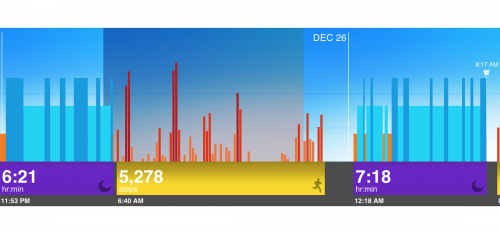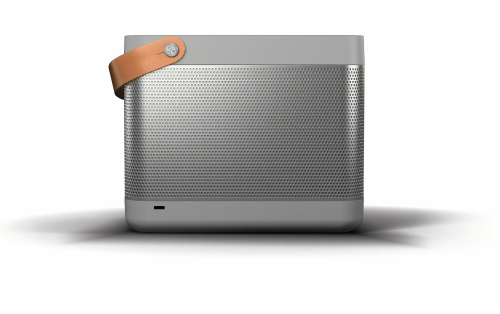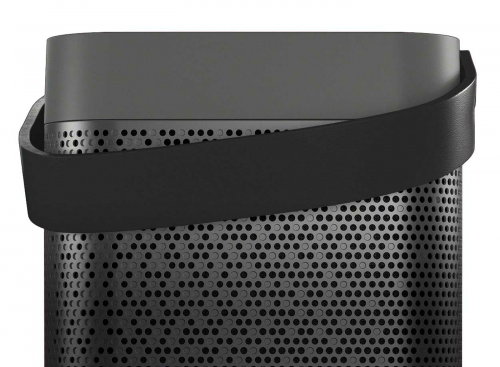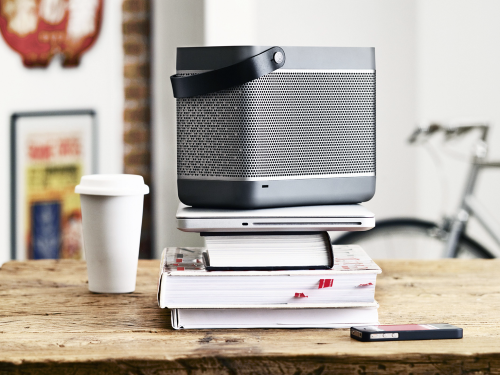 click > enlarge
click > enlarge
Jawbone doesn’t say “I quit” with their activty-tracking wristband they launched a year ago. The UP had all kinds of technical problems, enough so that a formal refund policy program was put into place. Jawbone promises after a great deal of research and testing that the second generation UP will stay up.


[ new ] Generation two is more waterproof, one of the reasons why the first band couldn’t hold a battery charge. There’s a much-improved mobile software that offers more comprehensive data-tracking experience. You now have a Trends tab that allows side-by-side comparisons of personal metrics. When in a mood there’s a Moods tab and more detailed food logging, with a bar-code scanner for scanning food items.


[ features ] Up tracks your motion using the same MotionX technology found in the Nike+ package. It can track your steps, for everyday walking, or it can watch your route via GPS if you’re a runner. The app will tell you your steps, distance, calories, pace, and intensity level among other information. During the day, you can set the wristband to vibrate on your wrist to give you a reminder to move around if you’ve been inactive for too long.
The wristband also serves as a comprehensive sleep tracking product much like the popular Sleep Cycle apps available on the App Store. Putting the wristband in Sleep Mode will automatically track the hours you slept, what stages you were in, what time you were awake, and it’ll score your overall sleep quality. Like the iPhone sleep apps, Up will wake you up when it thinks the time is best, but it cleverly uses the vibration feature from before to wake you up quietly. [ jawbone ]
 click > enlarge
click > enlarge
The boom box is back—again. Portable sound in the age of the IPad and Iphone has taken the form of an electronic picnic basket—the Beolit 12. The Beolit 12 features Apple’s AirPlay technology. Place a device in its tray top and it charges and plays. That link is simpler and surer than the Bluetooth used in such devices as Yves Behar’s brick like Jambox for Jawbone.
The basket, in graphite or blond colors, was designed by a 40-year-old Danish designer Cecilie Manz. She said, “I wanted Beolit 12 to have a clear expression showing its functionality and at the same time blending in naturally in people’s home. The natural leather handle invites you to move Beolit around—it makes it more approachable somehow.”

The look is new for B&O known for its Scandinavian modern space age electronics in the 1960s and 1970s. The work of Jens Jensen and his British born heir David Lewis, B&O was at its height in 1978, when the Museum of Modern Art gave the company’s work a show and has included some 20 of its pieces in the collection: the Beogram phonograph with its sliding tone arm, the CD player that magically opens when a hand approaches.
But B&O audio was never taken very seriously by audiophiles of whom there were many in the 1970s, before the focus of cool tech switched to computers. B&O stuff was for well off guys who wanted to impress women; in films of the 1980s it signaled the cad or villain.
The bright aluminum and glass of that look is absent in the Beolit 12, which just won the Red Dot design award in Europe, also echoes portable tube radios from the 1950s. Manz has designed several hand blown glass products, as well as lighting fixtures and furniture. On her web site is a wicker basket rendered in composites, foreshadowing the Beolit.

The company’s long time design consultant, David Lewis, died in November of last year. One of B&O fans of course was Steve Jobs, who happily adapted the wheel style controls of the first iPod from B&O phones. In January the company announced a new sub brand, supposed to be more accessible. But the Beolit 12 lists at $770. [ b&o ] [ cecile manz ]
<a href=" about phil patton
about phil patton
 click > enlarge
click > enlarge









